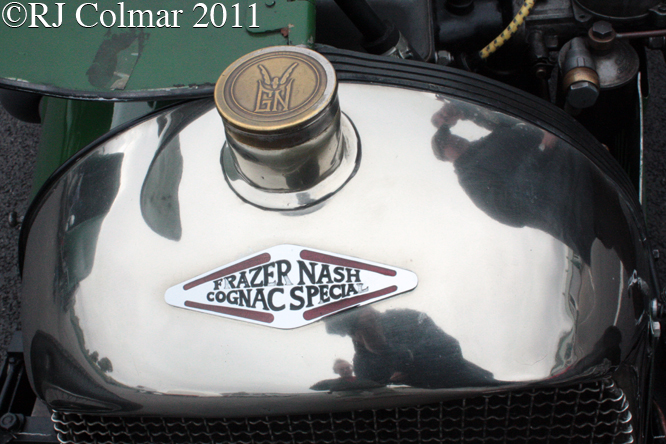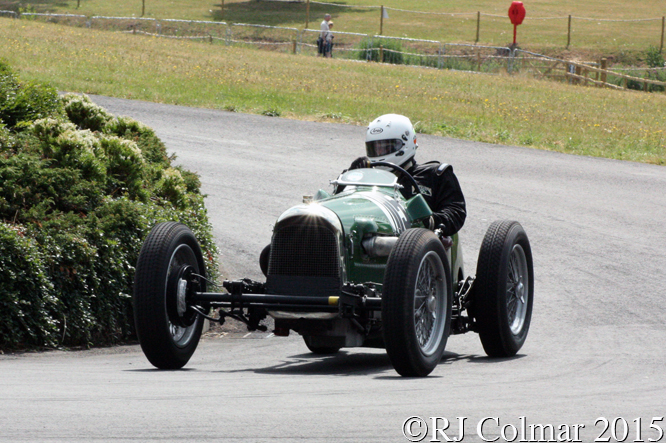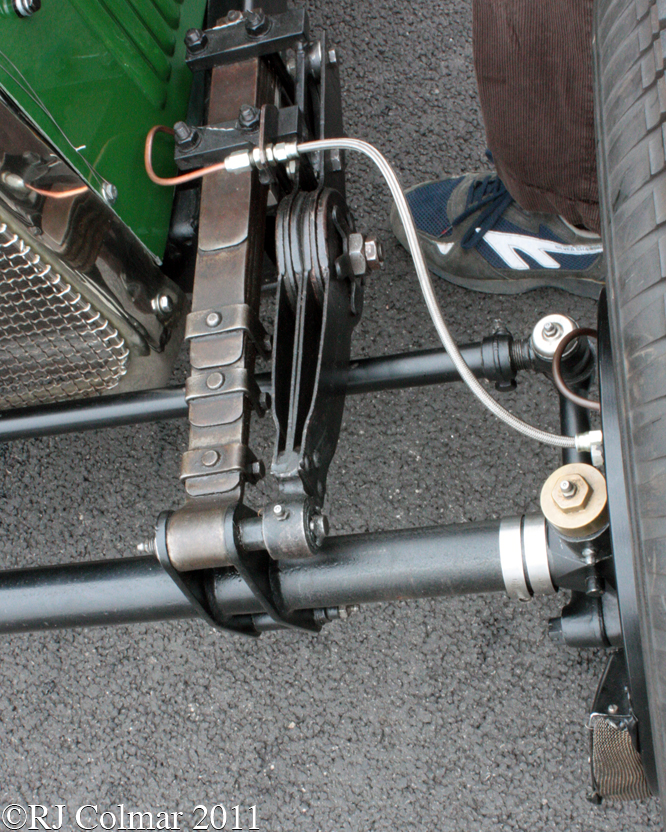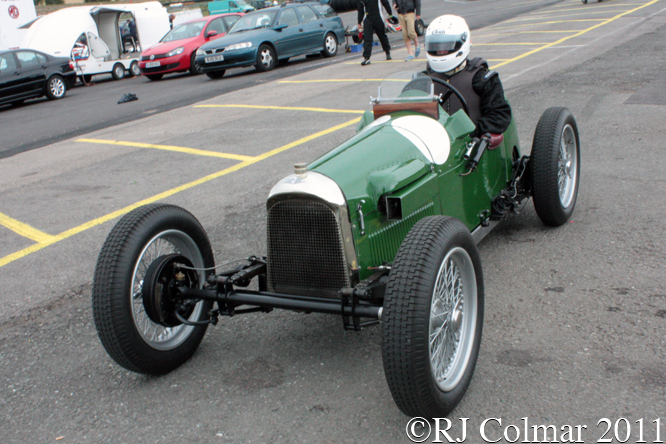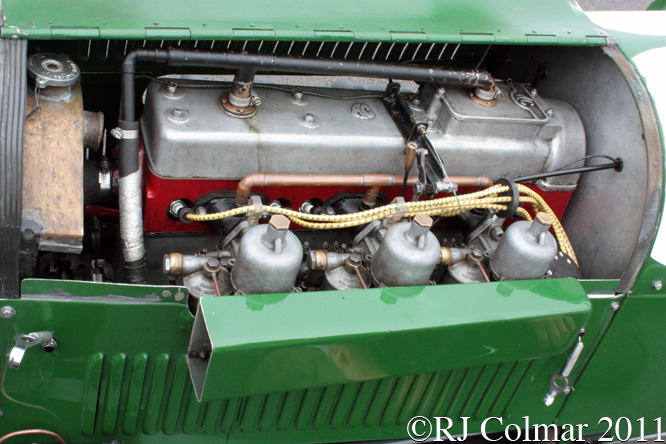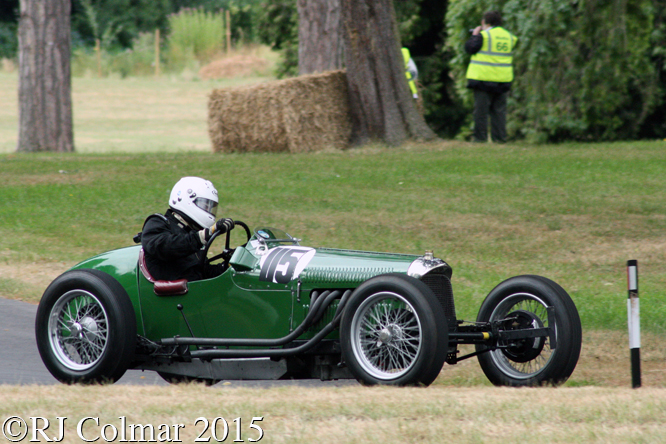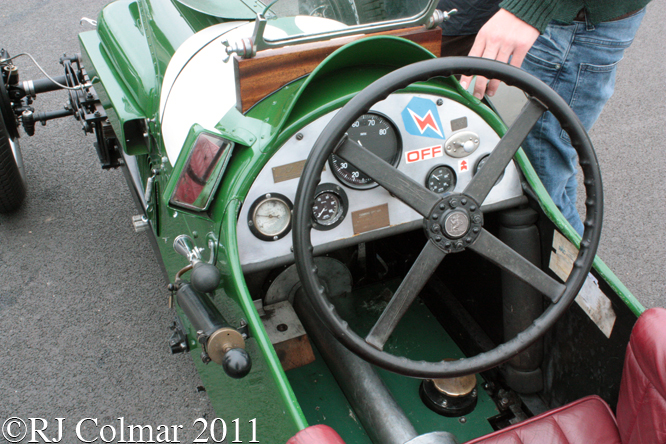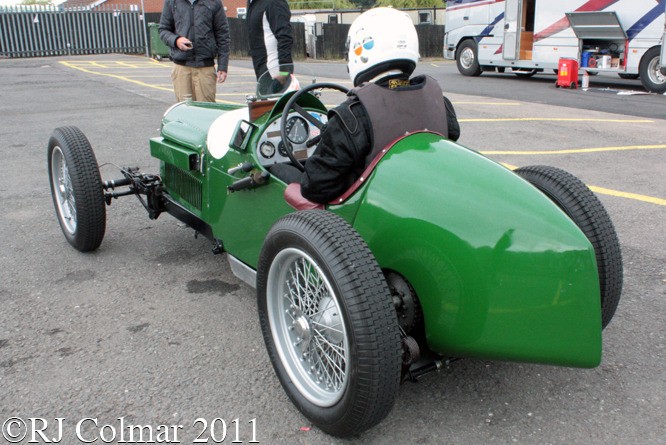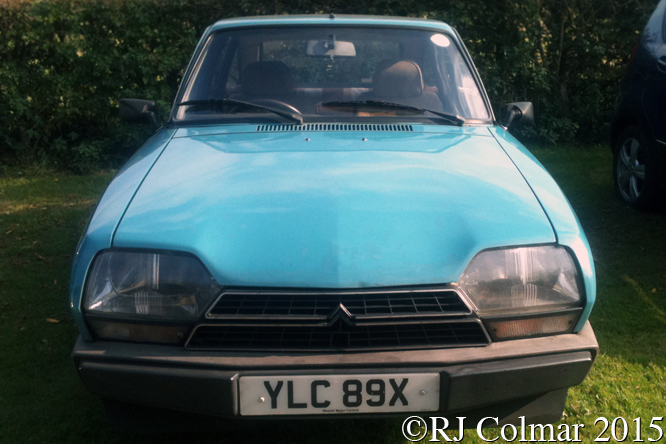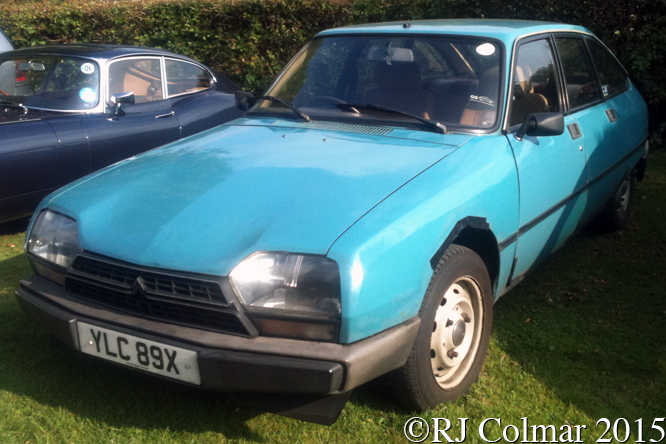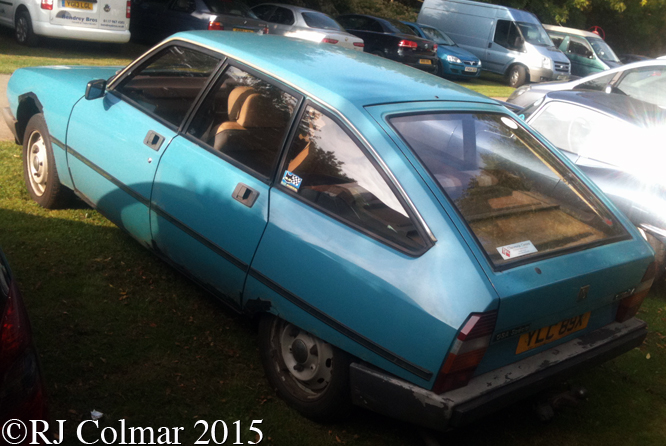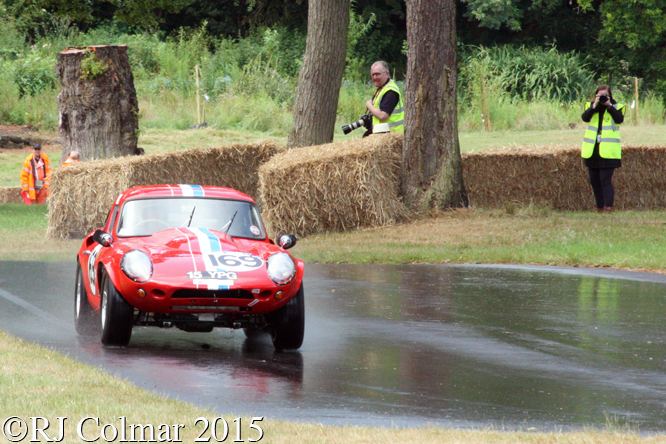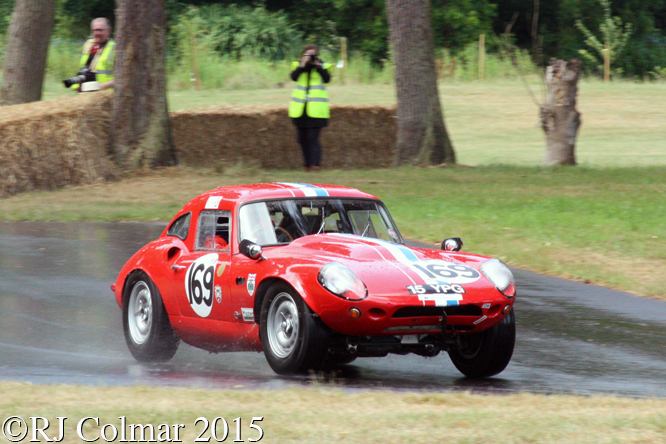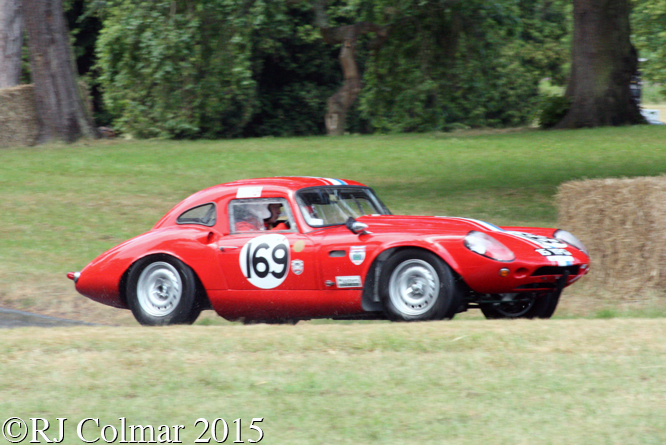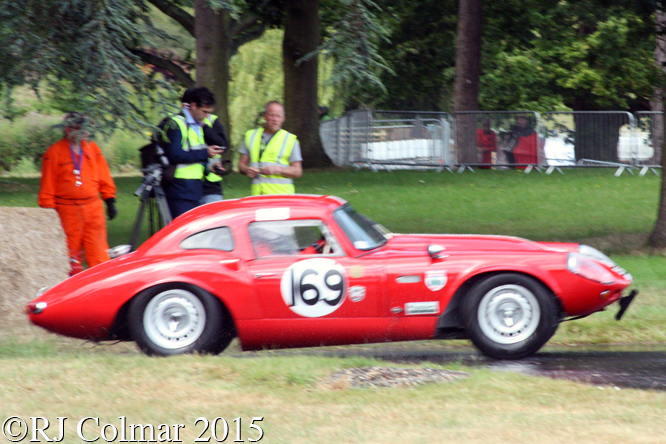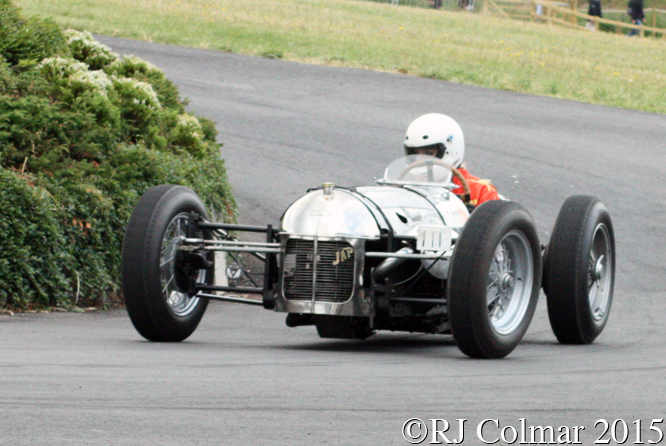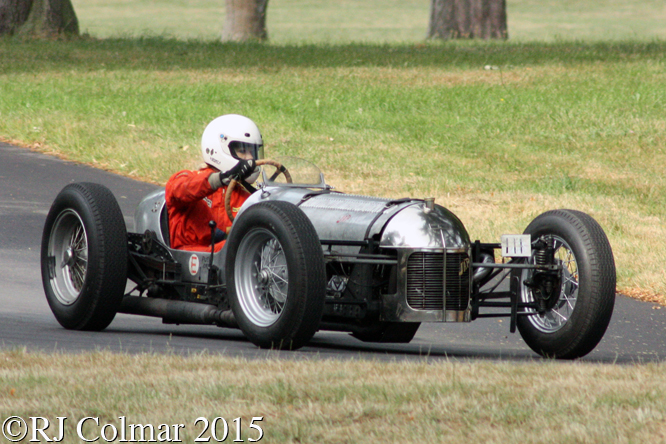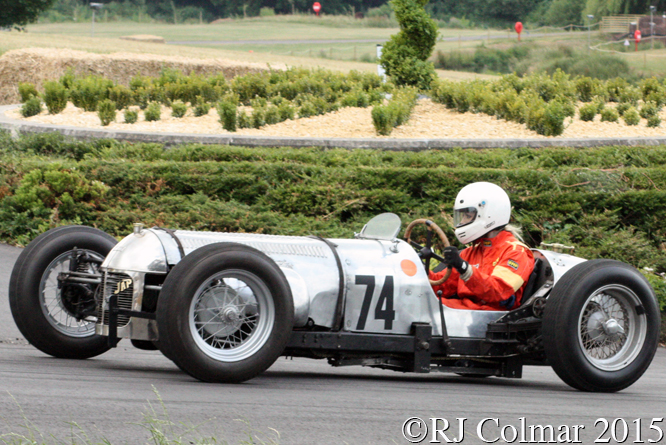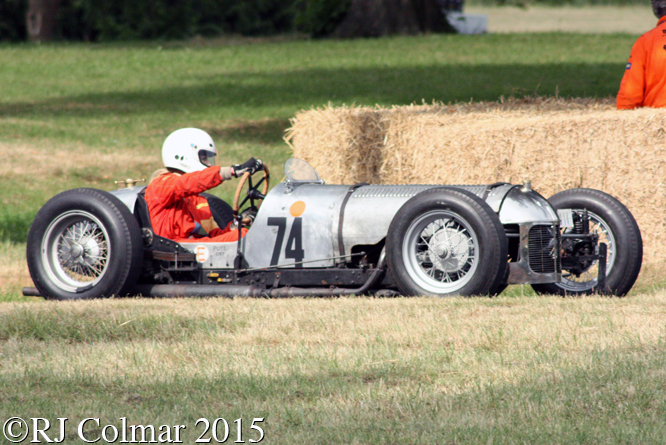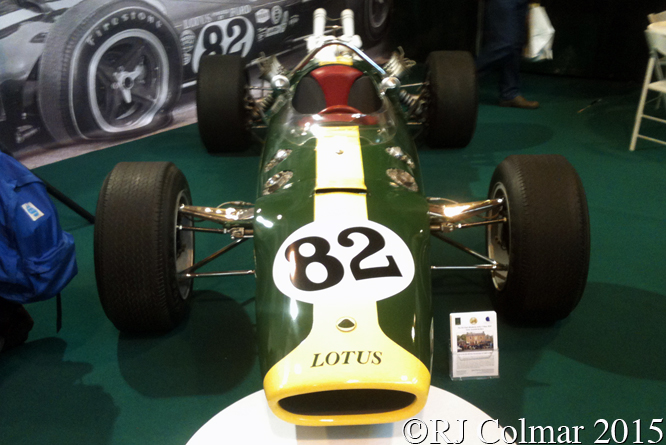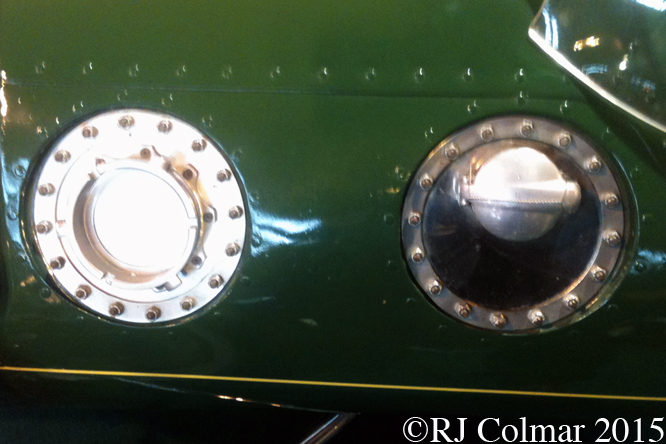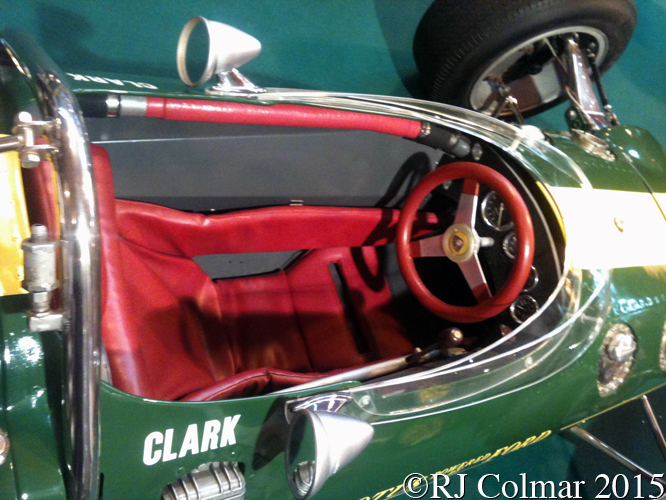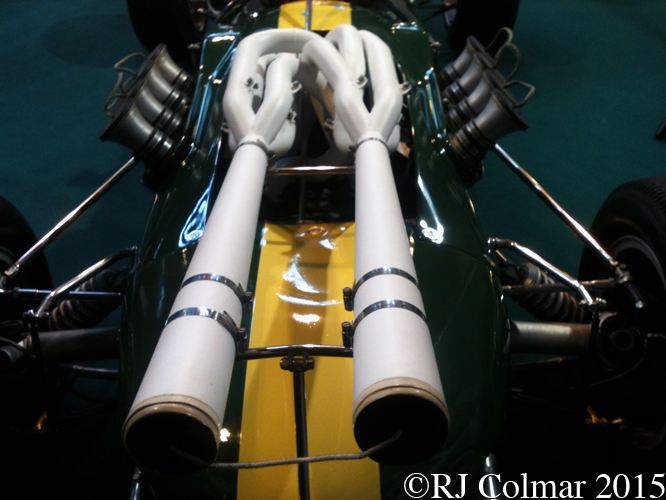Until 2013 16 year olds were permitted to drive three wheel vehicles with learner plates and a provisional driving licence, when Gerry Bath in `north Somerset reached that age in 1946 short of the funds to buy a Morgan he decided to build a three wheeler using a Raleigh chassis, with a single steering wheel at the front, and engine to which he fitted an open 3 seat abreast body with enclosed wheels and fold down windscreen.
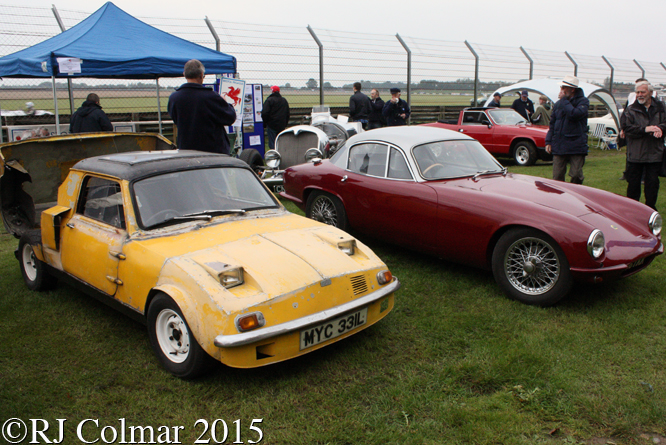
A Mr. Walker of Walker and Ward of Cheltenham was keen to put the body into production but a shortage of preferred proprietary Reliant chassis scuppered the plan, before selling the Raleigh Special in 1952 Gerry fitted the Raleigh Special with a Ford 8 engine and gearbox which improved the performance but adversely effected the life span of the front fork spindles.
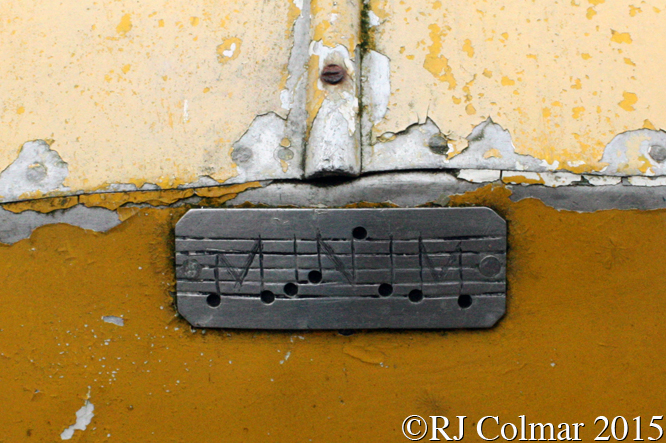
By this time Gerry started building and running his first competition special, the Pegasus, which was built while he was working for a Ford agent in Bath from the discarded parts of two Triumph Super 7’s and an ex Ministry of Defence Ford 10 engine.
Gerry drove the Pegasus competitively from 1951 in races, driving tests, sprints and hillclimbs winning his class at Naish Hillclimb outside Bristol after three run off’s against a Morris Special driven by Ashley Cleave in June 1953 by which time Gerry was an employee at the Bristol Aeroplane Company.
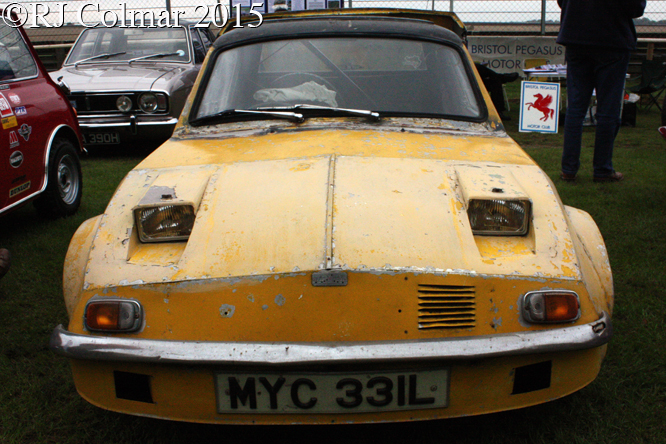
The Pegasus was sold to a competitor in Cheshire who competed with it at Oulton Park and Gerry’s next project transforming his 1939 Ford Thames van into a special, was facilitated by the acquisition of a brand new van in late 1954 which Gerry chose in favour of a couple of Bugatti’s he had been offered around the same time.
The open two seater Ford Special carried Gerry to a class victory in a sprint at Long Marston before he decided to sell it and continue his competitive driving with his by now much modified 1954 Ford Thames van in club rallies.
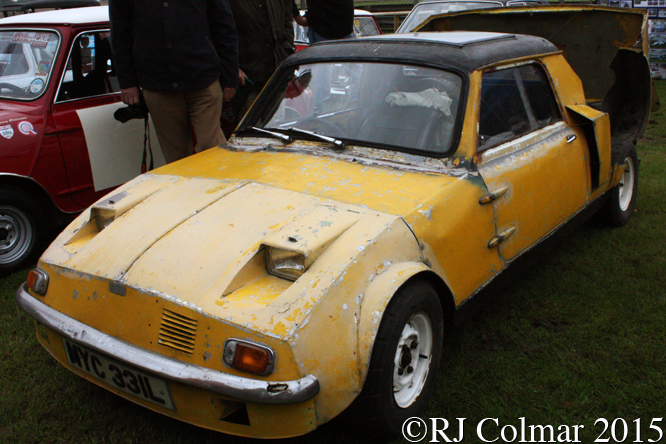
Gerry built one more open special for the 750 to run in the 750 Formula however after first designing the car around a 1931 Austin chassis in 1957 it took until 1964 to complete and so was considerably out of date thought Gerry did win his class in sprint at Castle Combe in August 1964.
Further modifications were carried out to the 750 Formula Special for the 1965 season and after competing with it a couple of times Gerry retired from racing open cars for good saying “I am convinced that the time and money spent on a car for racing is out of all proportion to the amount of enjoyment derived from it “.
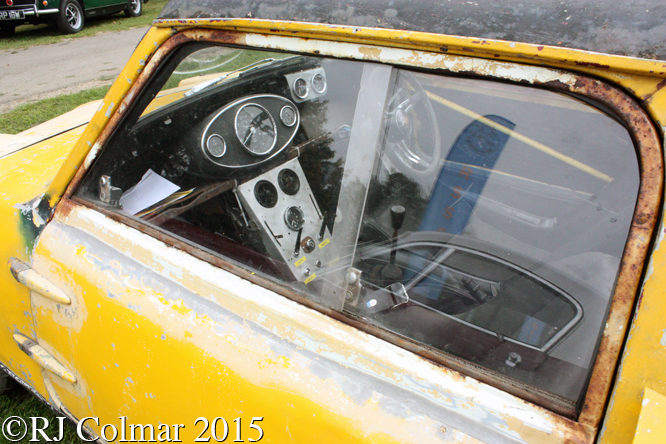
Instead Gerry continued competing with a Mini van and later his last special today’s featured MINIM which started out powered by a MG 1100 engine and gearbox transversely fitted to a chassis which was fashioned with a pair of Mini front subframes… at both ends !
Gerry also an accomplished jazz pianist no doubt had much fun fashioning the name plate as the rest of the car with it’s perspex sunroof and cut down Mini doors and Mk1 Mini exterior hinges.
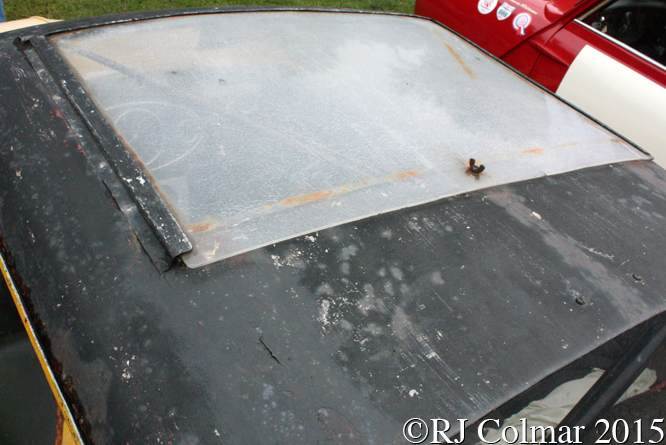
The Bath MINIM was registered for the road on the 11th of September 1972 and used in competition for “many years”.
After retiring from the British Aircraft Corporation into which the Bristol Aircraft Company had been absorbed in 1960 Gerry continued his interest in motoring helping others prepare and run competition vehicles in French hillclimbs and making 45 improvements to his Lotus Elite which was featured on Gettin’ a li’l psycho on tyres many moons ago.
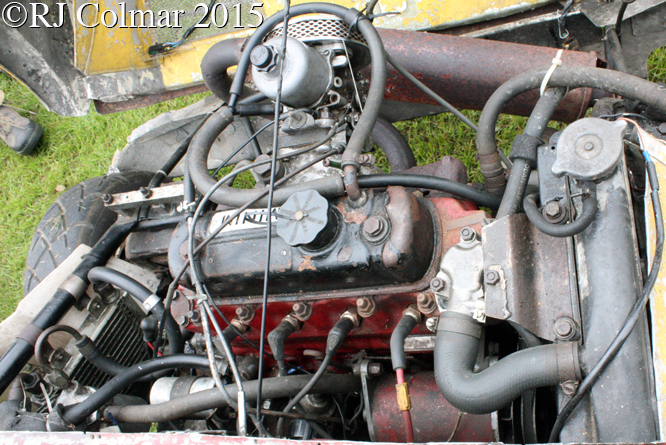
Gerry died in 2014 aged 83, more details on his specials can be found on Pete Stowe’s linked page here, and an appreciation of his life on James Page’s linked page here.
The man responsible for giving the Bath MINIM, seen at Castle Combe Autumn Classic in these photograph’s, it’s most recent MOT, roadworthiness certificate in September 2015 confessed to the current owner that he was surprised the car passed at the first time of asking without so much as an advisory, a testament to Gerry’s thoroughness if ever there was one.
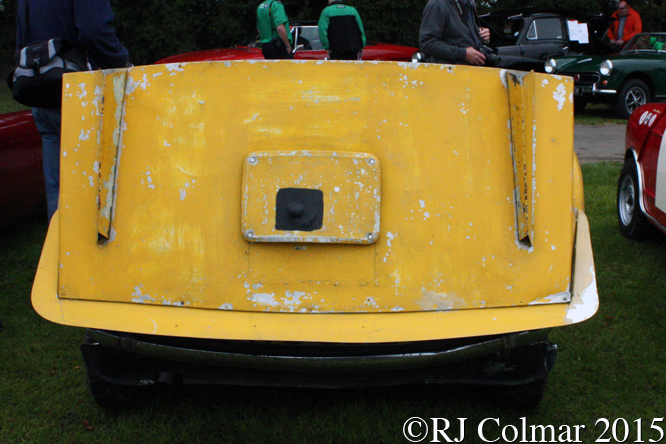
Thanks for joining me on this “Two Beat Half Note” edition of “Gettin’ a li’l psycho on tyres” I hope you will join me again tomorrow when I’ll be looking at a Dakar Defender. Don’t forget to come back now !



